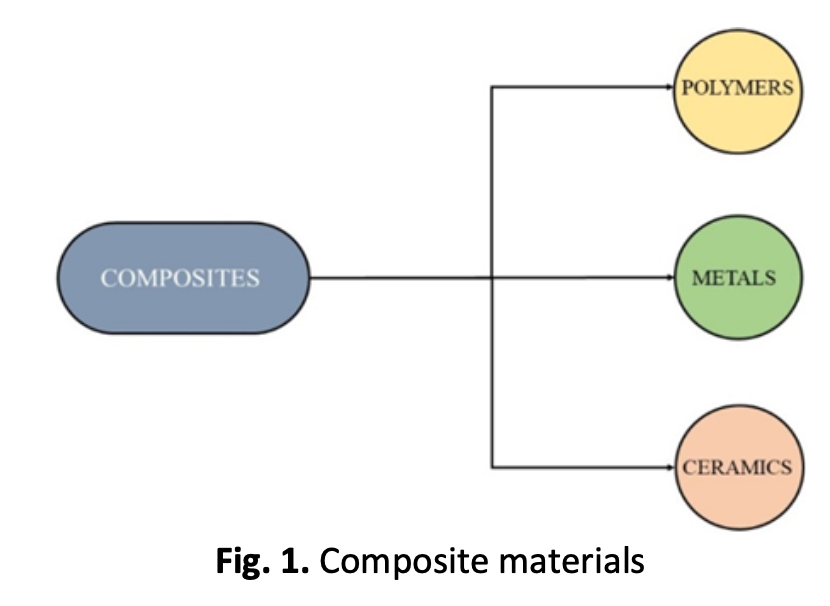Review of the Green Composite: Importance of Biopolymers, Uses and Challenges
DOI:
https://doi.org/10.37934/arfmts.111.1.194216Keywords:
Green polymer, bioplastics, green composite, uses and challengesAbstract
Polymers can be utilized for a wide variety of applications since they are lightweight and inexpensive, and their mechanical qualities are usually more than enough. Polymers often undergo a petrochemical production process and have a relatively lengthy elimination time. Green chemistry and green production are crucial in today's technology, which relies increasingly on non-toxic polymers made from natural ingredients. Biopolymers are a type of organic polymer that can break down naturally and pose no threat to human health or the environment. Here, we will take a quick look at the polymer structures that go into making eco-friendly composites in the future. Important polymer types and engineering studies for material manufacturing have been uncovered as a means of avoiding green production's negative effects on the environment. Possible future use of biopolymers as binders in composite materials and their effects on the environment.
Downloads

































